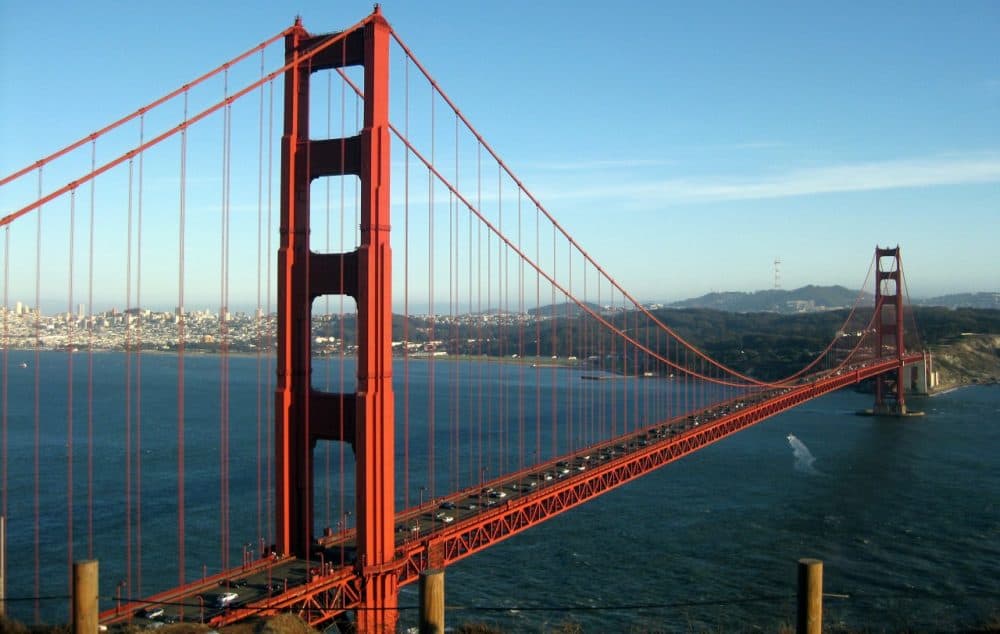Advertisement
Gap Grows Between Rich And Poor In U.S. Cities
Resume
In this fall's mayoral races in Boston and New York, one of the campaign themes is how cities are changing. The candidates are making the case that their cities have become playgrounds for the wealthy.
Urban anthropologist Elizabeth Greenspan is watching what she agrees is a growing gap between the very rich and the very poor in U.S. cities. She writes about this gap on the New Yorker website, in a piece called "How to Manhattanize a City."
She joins Here & Now's Jeremy Hobson to discuss the issue.
Interview Highlights: Elizabeth Greenspan
On "Manhattanizing" a city
"The term characterized the growing skyline of cities. So, a city was said to 'Manhattanize' when it built all of these commercial skyscrapers in downtown and created, you know, these identifiable skylines like New York. Lately more and more people have used the term to define a growing expense of the city. Creating luxury condos, and creating unaffordable areas where only the very wealthiest residents can live in the downtown area ... So it's gentrification, but where there's greater polarization and it's happened more quickly."
On the problem with rapid gentrification
"It creates separation. So you have areas where you have pockets of wealth and you have then pockets of poverty that are nearby one another but they don't necessarily interact. So you have people that start to become separated in space as well as by class, and often race and ethnicity go along with that as well."
On linking crime rates with the housing market
"Crime has gone down in New York over the past few decades, and that's a very good thing ... I think very few people who really lived in the '60s and '70s and experienced that sense of crime and fear want that back, but it's not necessarily clear that we have less crime because there are wealthier people living downtown. And I think it's very hard to associate a causal relationship between certain crime policies like Giuliani's window broken strategy, where he really cracked down and the crime went down. But if you look actually at what was happening in a lot of cities in the '90s, crime went down in those cities too that weren't enacting those policies. And they went down, a lot of people think, because the economy was doing well."
Guest
This segment aired on October 30, 2013.